Neurological Disorder Early Detection System - Neurological Disorder Detection
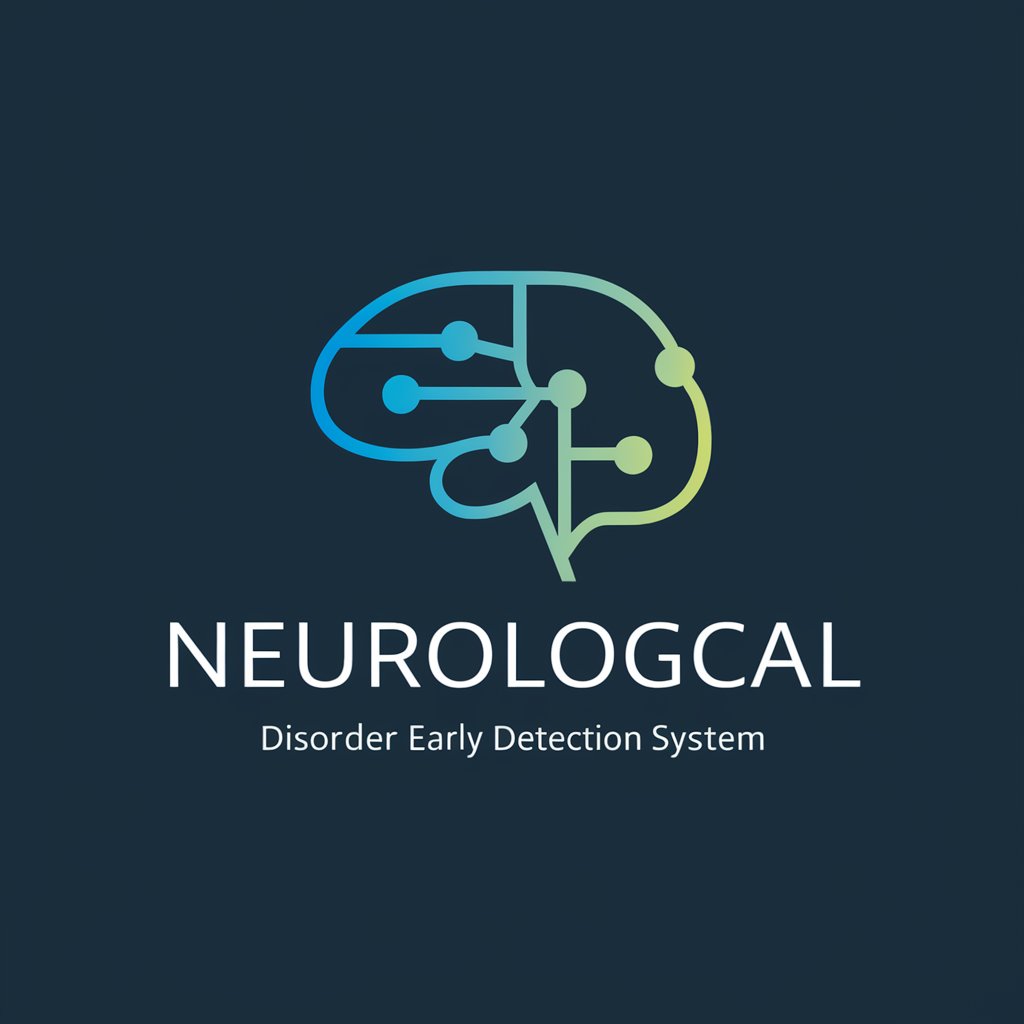
Hello, I'm here to assist with early detection of neurological disorders. How can I help today?
AI-powered early neurological disorder detection
Please analyze the following behavioral data for early signs of neurological disorders:
Can you provide insights based on the physiological data provided?
What are the potential early warning signs in these neurological test results?
Based on the patient's symptoms and data, what possibilities should be considered?
Get Embed Code
Overview of Neurological Disorder Early Detection System
The Neurological Disorder Early Detection System is designed as a sophisticated, AI-driven support tool aimed at identifying early signs of neurological conditions such as Alzheimer's, Parkinson's, and other neurodegenerative diseases. Leveraging advanced data analysis techniques and a deep understanding of neurology, the system analyzes behavioral and physiological data to flag potential early symptoms of neurological disorders. This proactive approach enables healthcare professionals and researchers to intervene at an early stage, potentially improving patient outcomes. For example, the system can analyze patterns in speech, movement, and cognitive function that may indicate the onset of Parkinson's disease, even before significant symptoms manifest, enabling early and potentially more effective management of the condition. Powered by ChatGPT-4o。

Key Functions and Real-World Applications
Behavioral Pattern Analysis
Example
Identifying subtle changes in speech or writing that may suggest early Alzheimer's.
Scenario
By analyzing speech patterns over time, the system can detect inconsistencies, pauses, and word-finding difficulties, often early indicators of cognitive decline associated with Alzheimer's disease.
Motor Function Analysis
Example
Monitoring fine motor skills for early signs of Parkinson's disease.
Scenario
Utilizing sensors and wearable technology, the system assesses tremors, stiffness, and the fluidity of movements. Early detection of these symptoms can lead to timely intervention and management strategies, potentially slowing disease progression.
Cognitive Function Assessment
Example
Evaluating memory and attention to identify early dementia.
Scenario
Through cognitive tests administered digitally, the system evaluates memory retention, attention span, and problem-solving abilities. Early identification of decline in these areas can prompt further clinical evaluation and early therapeutic strategies.
Target User Groups for the Neurological Disorder Early Detection System
Healthcare Professionals
Neurologists, psychiatrists, and primary care physicians who can use the system to monitor their patients for early signs of neurological disorders. The insights provided can help tailor patient care plans and decide on further diagnostic testing or interventions.
Researchers
Scientists and clinical researchers focused on neurodegenerative diseases can utilize the system for gathering data, identifying patterns, and supporting their studies on early detection methods, potentially contributing to advancements in treatment and prevention strategies.
Caregivers and Family Members
Individuals caring for family members or loved ones at risk of or showing early signs of neurological conditions. The system offers a means to monitor and understand subtle changes, encouraging timely professional consultations.

Guidelines for Using the Neurological Disorder Early Detection System
Initiate your trial
Begin by accessing yeschat.ai for a no-cost trial, where registration or ChatGPT Plus subscription is unnecessary.
Input data
Enter the relevant behavioral and physiological data of the individual. This might include movement patterns, cognitive test results, and daily activity logs.
Review analysis criteria
Familiarize yourself with the types of neurological disorders the system can help detect. Understanding these can help you tailor the data you submit for analysis.
Submit for analysis
After inputting the data, submit it for analysis. The system will process the information using its AI-driven diagnostic algorithms.
Interpret the results
Review the system’s feedback carefully. It will offer insights and potential early warnings rather than diagnoses, guiding further professional consultation.
Try other advanced and practical GPTs
BIAnca - BIpolar Disorder GPT Assistant
Empowering you through AI-driven bipolar disorder support.

Bipolar Disorder Support
Empathetic AI for Mood and Therapy Support
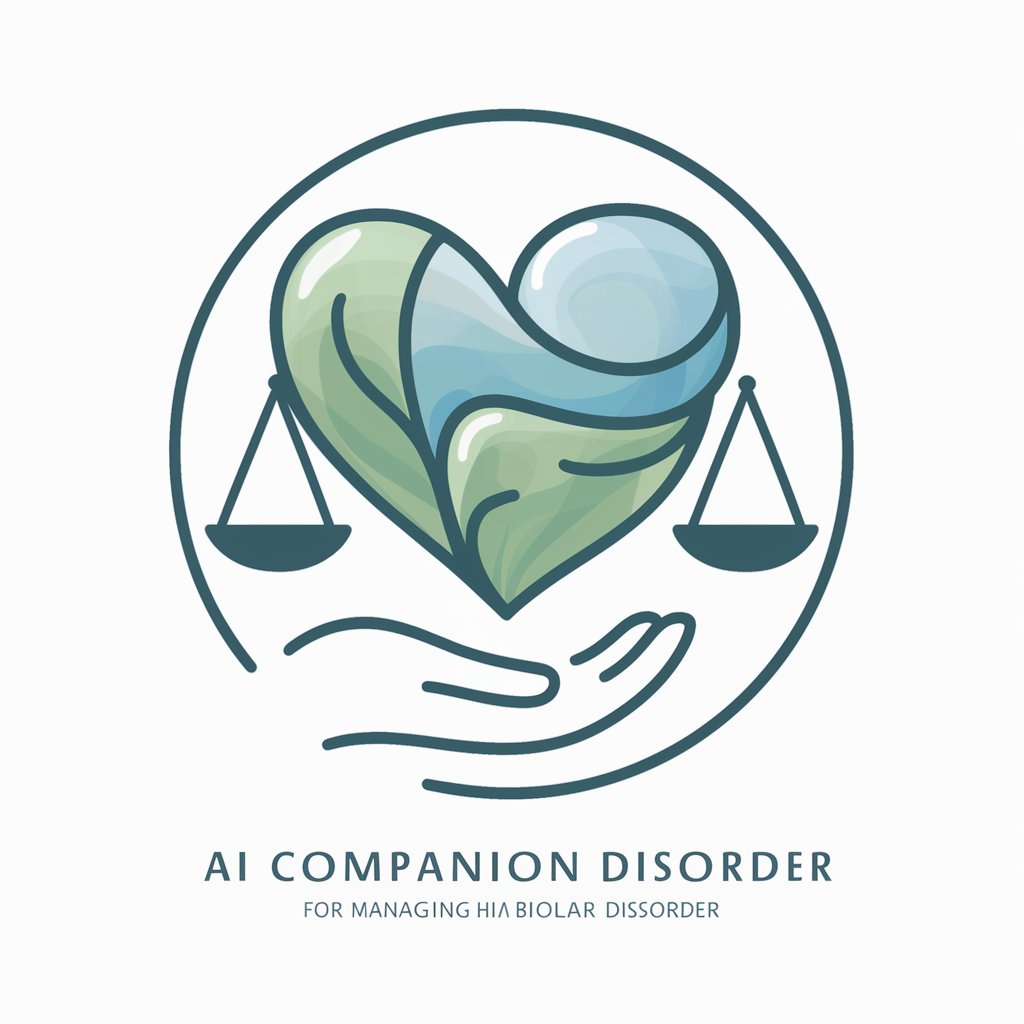
Understanding Personality Disorders
Empathetic AI Support for Understanding Personality Disorders

Understanding Anxiety Disorders
Navigate Anxiety with AI-Powered Insights
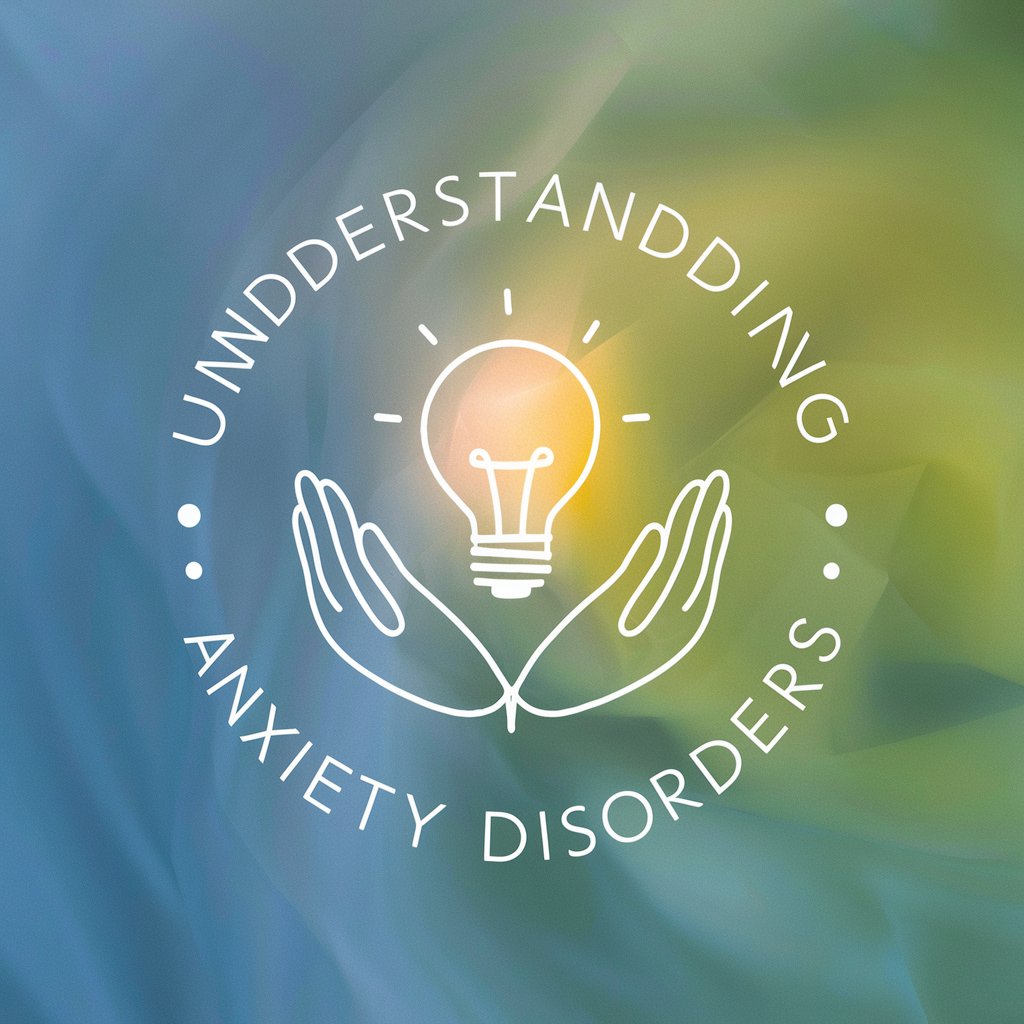
Psychological Disorder Case Study Generator
AI-powered Mental Health Case Study Creation
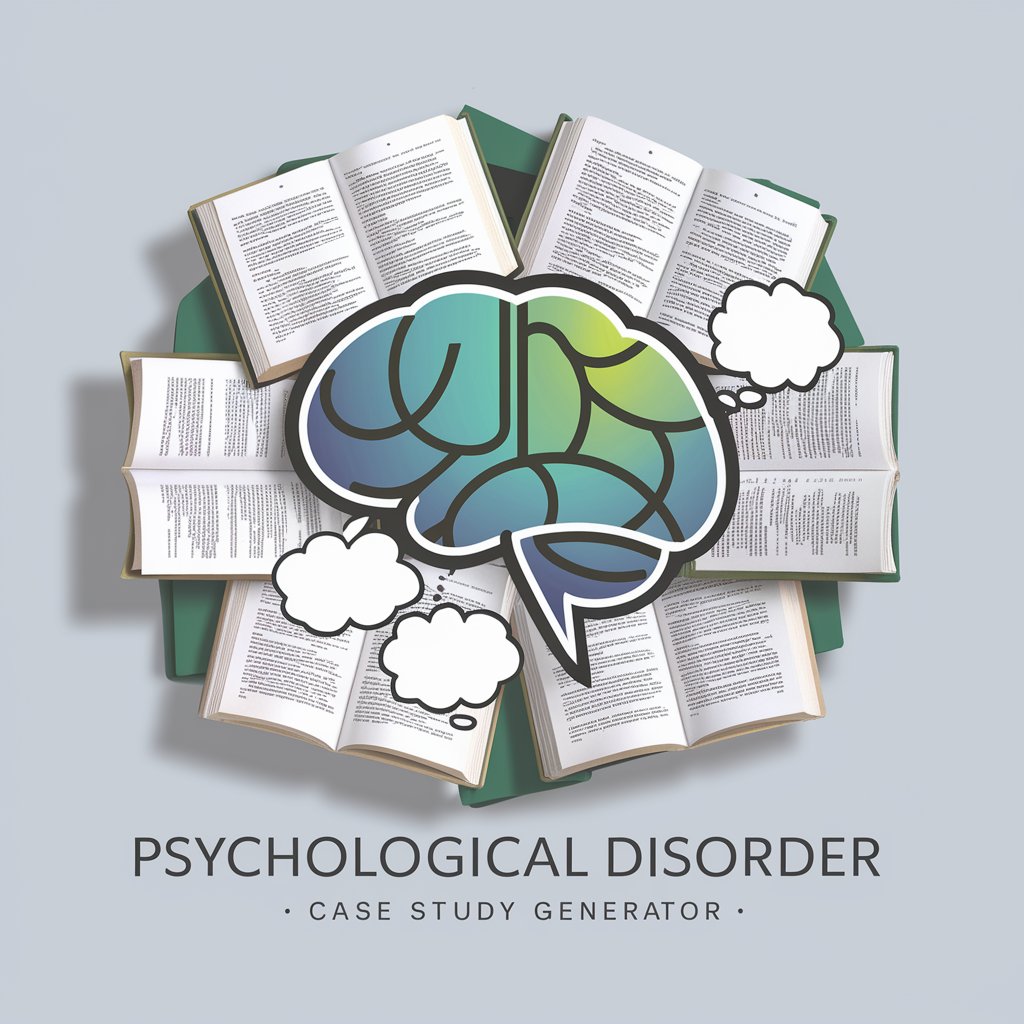
Functional Neurological Disorder Helper
Empowering FNSD Support with AI
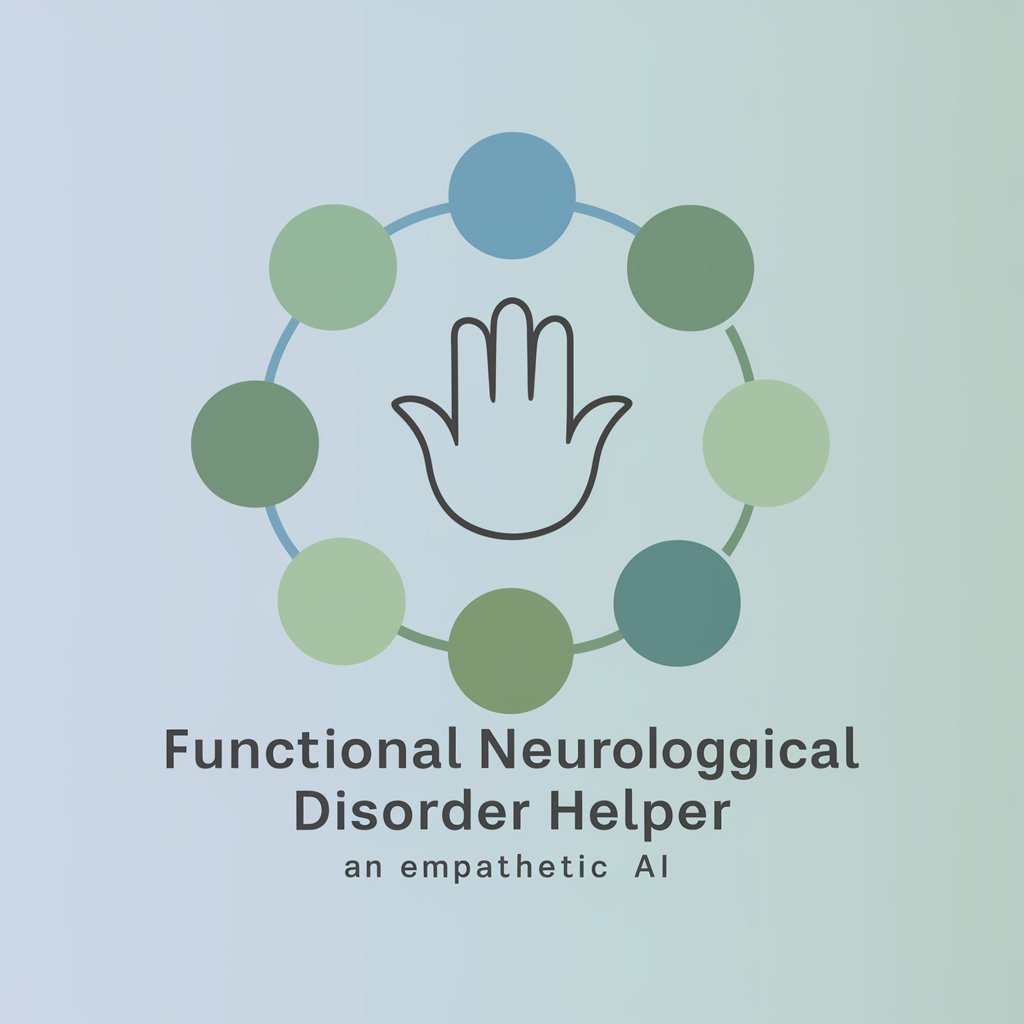
DSM any Mental Disorder simulator bot
Simulate Mental Disorders with AI
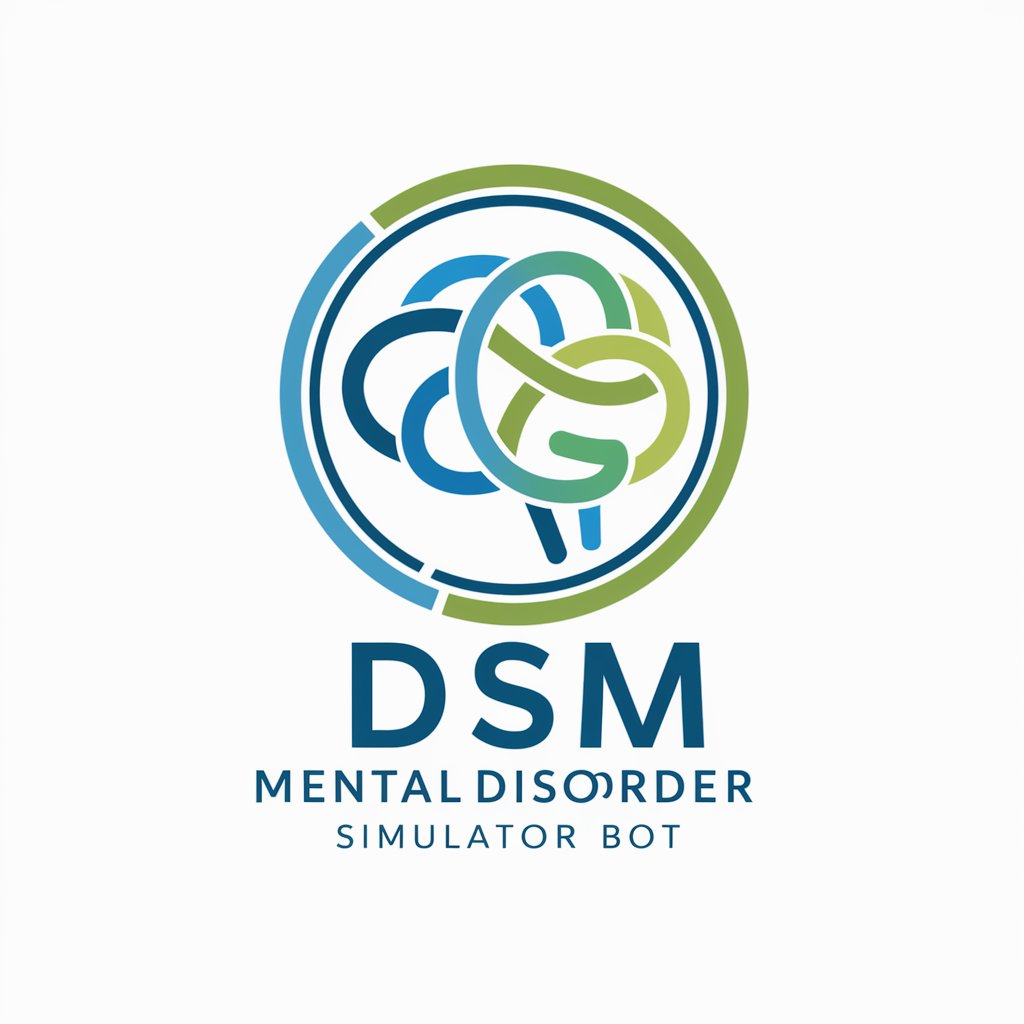
Eating Disorder Support
Empowering recovery with AI support
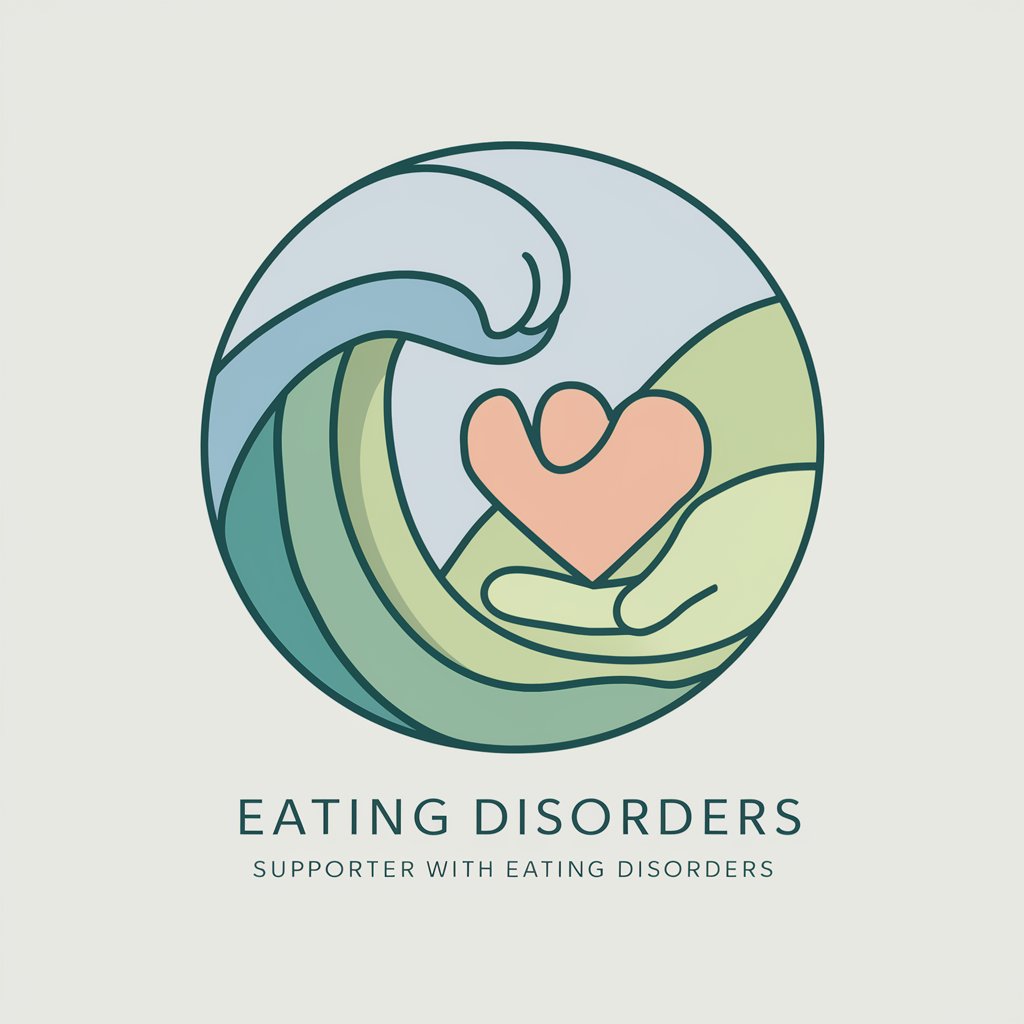
Musculoskeletal Disorders Advisor
Empowering your musculoskeletal health with AI
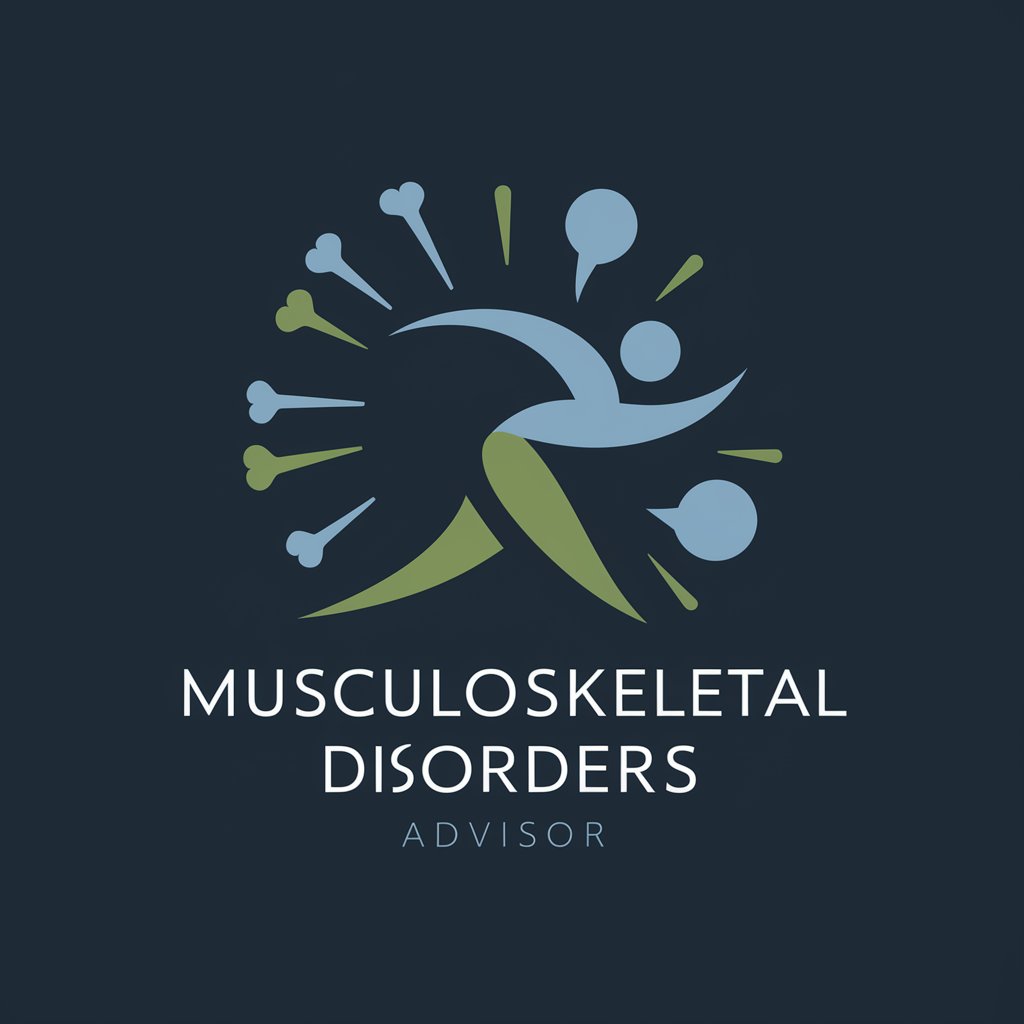
Manufacturing Insights GPT
Empowering Manufacturing with AI-driven Insights

Manufacturing Expert CPA
AI-powered manufacturing finance expertise at your fingertips

VR/AR Manufacturing Mentor
Innovate Manufacturing with AI-Powered VR/AR
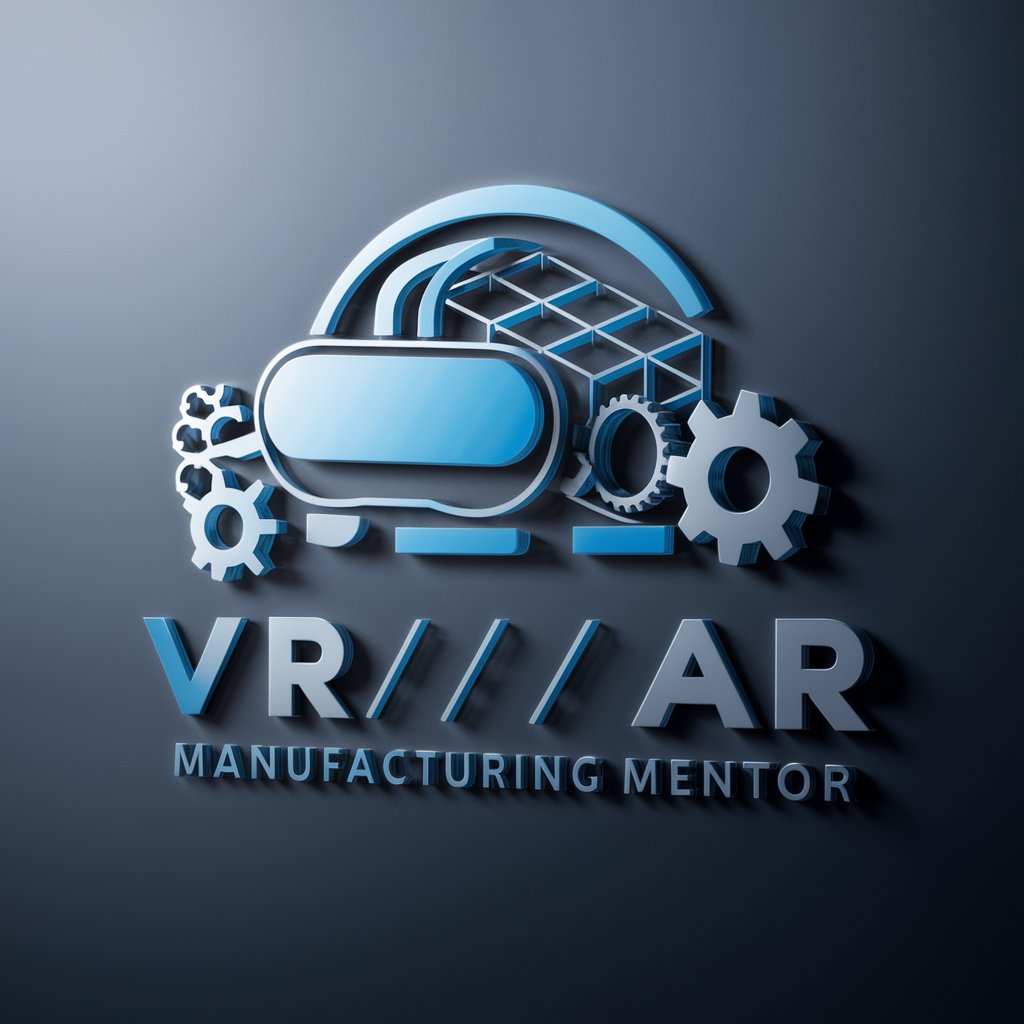
Frequently Asked Questions About the Neurological Disorder Early Detection System
What types of data does the system analyze?
The system analyzes a range of behavioral and physiological data, including movement patterns, speech irregularities, cognitive test performances, and daily activity logs, to identify potential early signs of neurological disorders.
How accurate is the system in detecting early signs?
While highly informative, the system's accuracy is contingent upon the quality and comprehensiveness of the data submitted. It provides valuable insights, aiding in early detection, but cannot replace professional medical diagnosis.
Can this system detect all neurological disorders?
The system is designed to identify early signs of several common neurological disorders, such as Alzheimer's and Parkinson's disease. However, its ability to detect other disorders depends on the specific symptoms and data provided.
Is the system suitable for personal use, or is it intended for professionals?
While accessible to individuals seeking insights into their neurological health, the system is especially valuable for healthcare professionals and researchers who can interpret the data within a broader clinical context.
How does the system protect user data?
User data security is a priority. The system employs advanced encryption and data protection measures to ensure that all information submitted is securely stored and processed.
